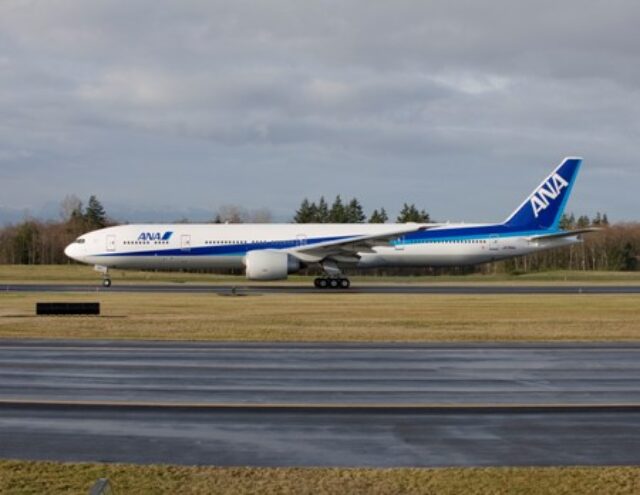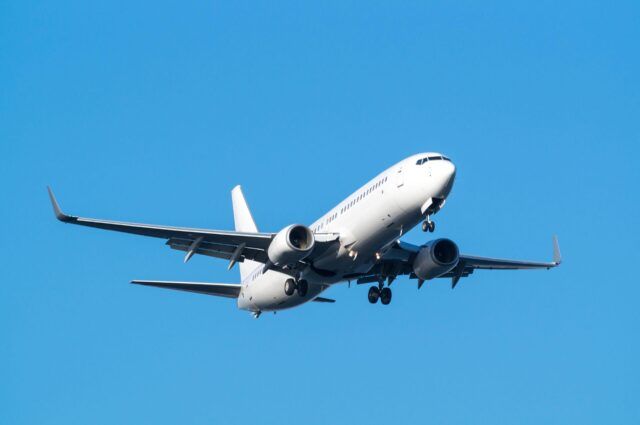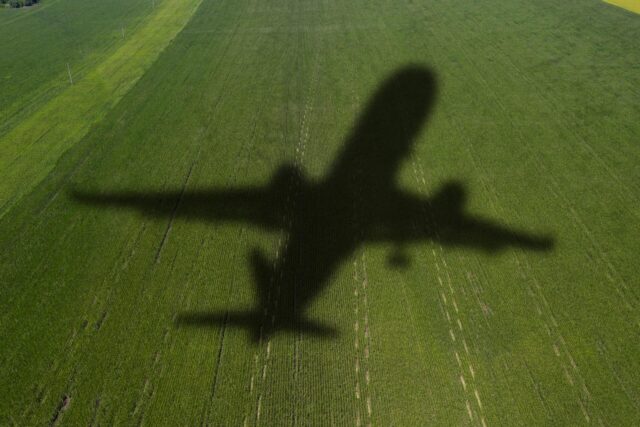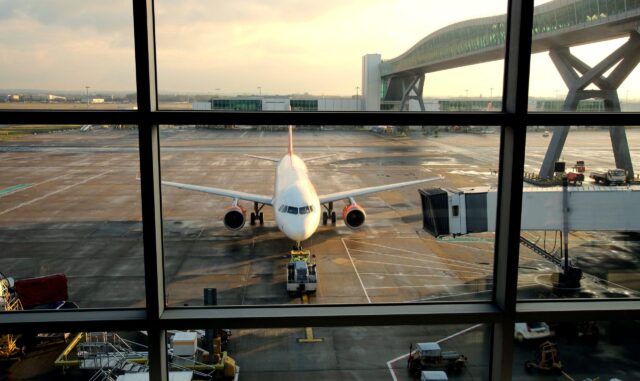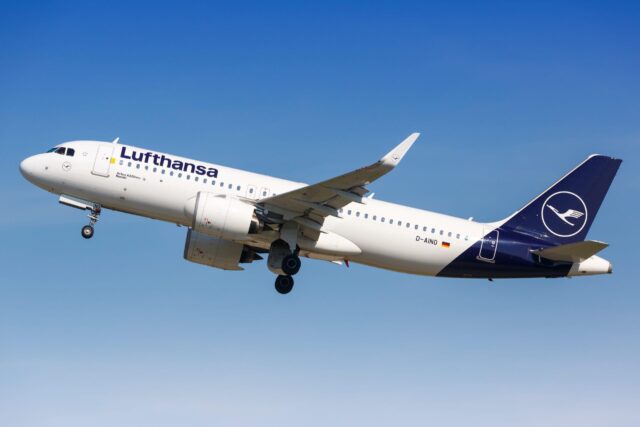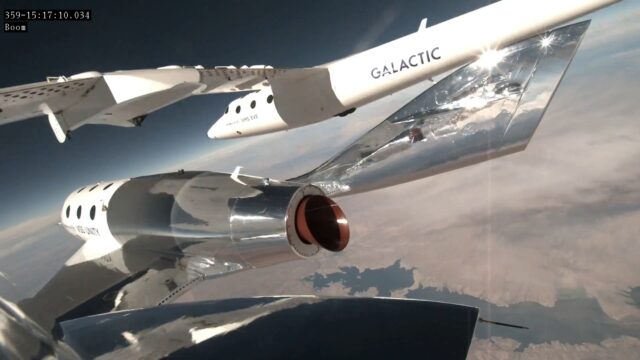USAF Wedgetail facing cancellation?
May 17, 2025

It is said that talks are ongoing between the US Air Force and the Office of the Secretary of Defense (OSD), and will continue throughout the evolution of the fiscal year 2026 budget request.
The US Air Force had planned to buy 26 Boeing E-7A Wedgetail aircraft to replace the older Boeing E-3 Sentry AWACS (Airborne Warning And Control System) aircraft, providing the USAF with a new airborne battle management and command and control (BMC2) platform with airborne moving target indication (AMTI) capabilities.
The Air Force signed a $2.56 billion contract with Boeing in August 2024 to convert two 737-700 airframes to become E-7A rapid prototypes. The first of these is expected to fly in the “coming months,” and to be delivered in fiscal 2028.
The programme has come under growing scrutiny, as alternative means of providing the capability have been examined. A wide-ranging review of the joint air battle management portfolio was undertaken by the Pentagon’s Cost Analysis and Program Evaluation office last year. Navy Secretary John Phelan said that the study would define requirements for joint air battle management in a “high-end fight.” One of the options studied included using land-based Northrop Grumman E-2D Advanced Hawkeyes, an aircraft that usually performs the AEW&C mission from US Navy carriers.
Some believe that the airborne moving target indicator (AMTI) radar function could potentially be provided by a space-based system, although it is widely recognised that satellites will not be able to undertake all of the AWACS/BMC2 capabilities.
On 6 May 2025, General B. Chance Saltzman, the Chief of Space Operations, told a hearing of the House Appropriations Defense subcommittee that: “Space offers a lot of advantages, particularly in a contested environment, but it isn’t necessarily optimized for the full spectrum of operations that your military is going to be asked to do. No one system is going to be perfectly optimized to take care of the full spectrum of ops. And so that’s where I think you need a mix of systems.”
At the same hearing, General David Allvin, the Air Force chief of staff, acknowledged that large airliner-derived aircraft like the E-3A and E-7A face increased risks in modern peer-level warfare, and are unable to operate in contested airspace.
Allvin told the committee that satellites are not yet capable of performing the full range of missions undertaken by airborne early warning and control aircraft. “We have to do more than just sense. We have to sense, make sense and act. And right now, the E-7 is the platform that delivers what the E-3 can with greater capability. But I think we just need to ensure that we’re adequately covering all parts of that as we do that migration, before we just go from one domain to another specifically.”
Allvin insisted that the BMC2 (battle management command and control) mission of the E-3A and the E-7A will need to be performed by manned aircraft, with a staff of 10 air battle managers in addition to the flight crew, interpreting the radar data in real time and providing command, control and direction for friendly fighter aircraft.
The E-3 community has an ally in the shape of Tom Cole, the Appropriations Committee’s Republican chairman, whose district includes Tinker Air Force Base, Oklahoma, the home of the Boeing E-3A force. It was Cole who asked Allvin whether there was still a need for the E-7A pending the availability of a space-based AMTI capability.
Following his tour of a Royal Australian Air Force E-7A at Joint Base Andrews, Maryland, on 12 May with thw then-Acting Air Force Secretary Gary Ashworth and Air Force deputy chief of staff for plans and programs Lt. Gen. David Tabor, Cole said that meetings between the White House Office of Management and Budget (OMB) and the Pentagon were ongoing.
“We know there’s a discussion going on between OMB and the Air Force about these things. At the end of the day, I tend to have more faith in the Air Force that has to go fight and win the war than I do in another bureaucracy. This is a capability that our Air Force tells us we need, particularly given how rapidly the E-3s are leaving the fleet. Nobody tells me we’re ready to transfer this capability into space. Eventually, we [will] get it in space, we think, but you’ve got to worry about the here and now.”
Cole said that: “We’re going to take very seriously whatever the administration proposes, but that doesn’t mean it’s automatic. We’re not going to lose this ability.”






